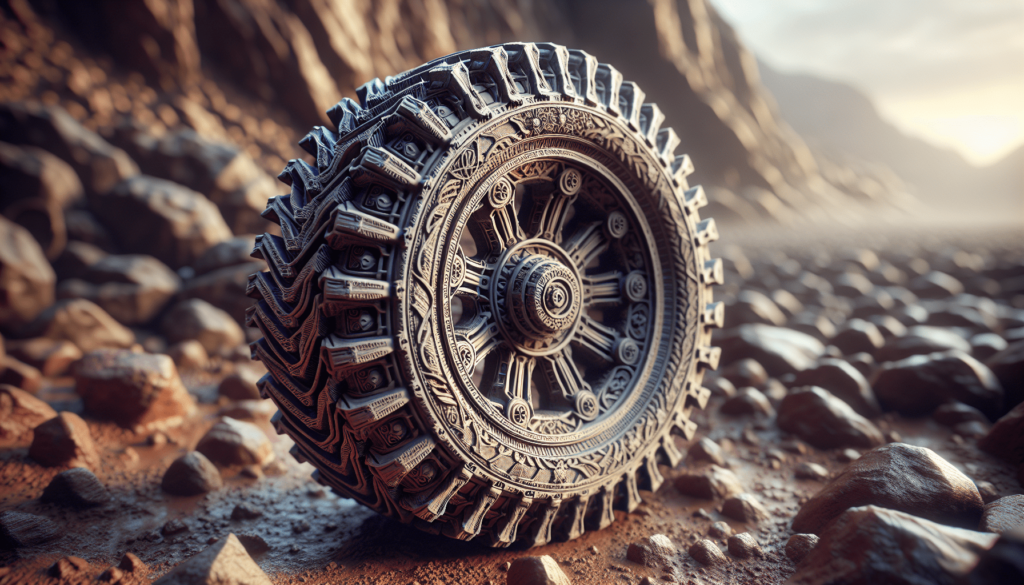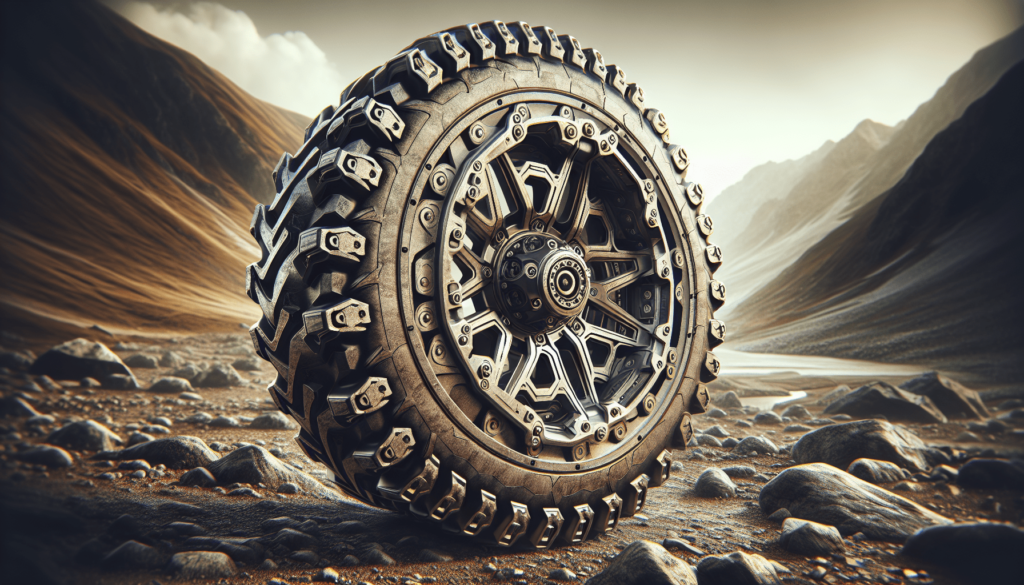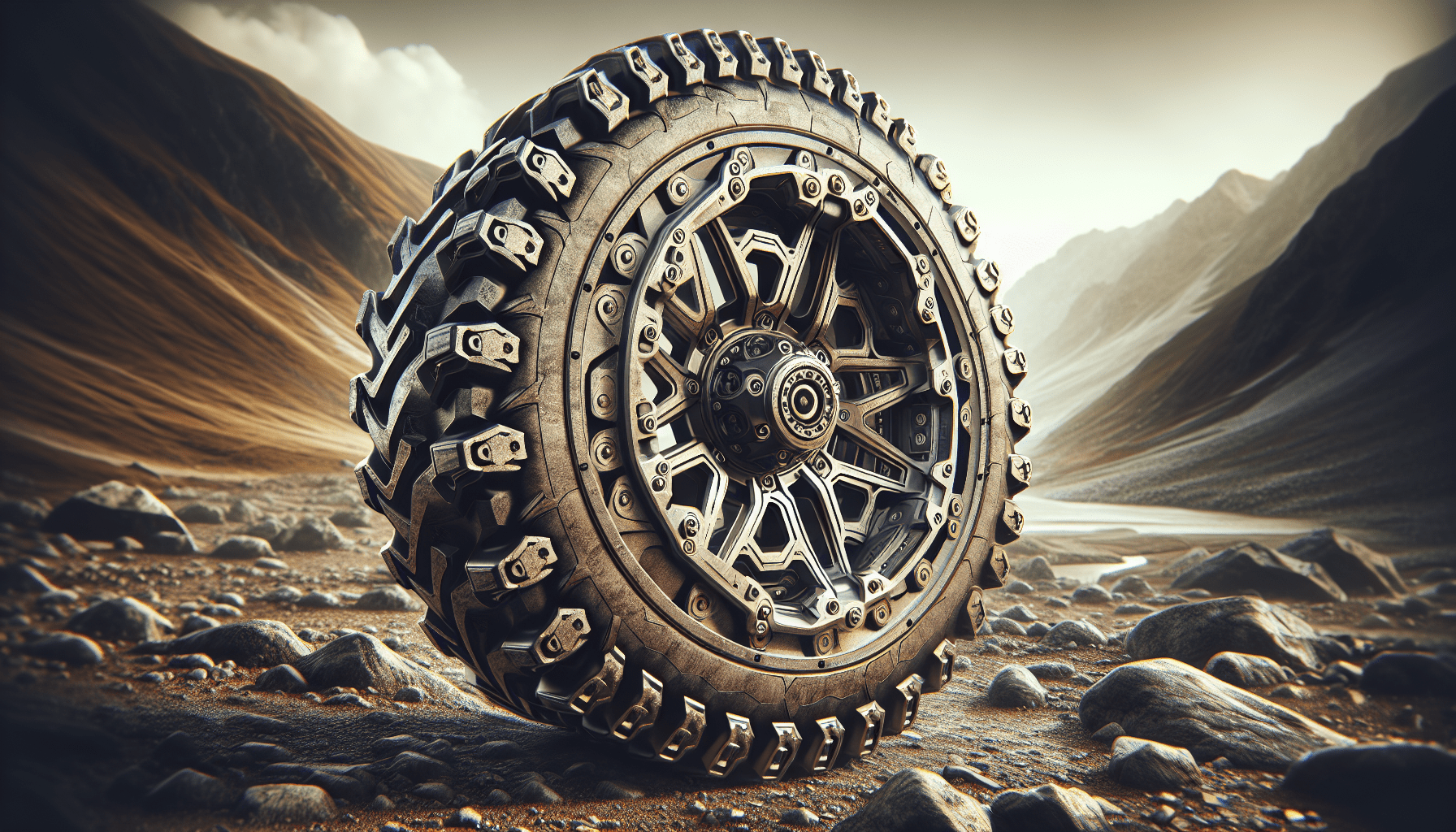Have you ever considered how the wheels of an all-terrain wagon impact its overall performance? You might be surprised to learn that wheel design plays a significant role in the efficiency, safety, and overall usability of these versatile vehicles.
Understanding All-Terrain Wagons
All-terrain wagons are unique vehicles designed to navigate various landscapes and environments. Whether you’re transporting supplies, moving camping gear, or enjoying a day at the beach, these wagons are built to handle rough terrain while maintaining stability and comfort.

The Importance of Wheel Design
When it comes to all-terrain wagons, wheel design is not just an aesthetic choice. The type of wheels you select can influence load capacity, maneuverability, and terrain adaptability.
Impact on Maneuverability
Maneuverability refers to how easily a wagon can be steered and controlled across different surfaces. Wheels with larger diameters often offer better performance on uneven ground, allowing you to navigate over rocks, mud, and other obstacles with ease. Conversely, smaller wheels may struggle on the same terrain but provide improved handling on smoother surfaces.
Types of Wheels for All-Terrain Wagons
The design of all-terrain wagon wheels can vary widely based on their intended use. Here are some common types:
-
Pneumatic Tires
- Description: These are inflatable tires that provide a cushioned ride.
- Advantages: Excellent shock absorption and grip on various surfaces, making them suitable for rugged terrains.
- Disadvantages: Prone to punctures and require regular maintenance.
-
Solid Rubber Tires
- Description: These tires are made from solid rubber and don’t require inflation.
- Advantages: Durable and puncture-resistant, they are ideal for heavy loads and uneven surfaces.
- Disadvantages: Less shock-absorbent compared to pneumatic tires, which may result in a bumpier ride.
-
Mag Wheels
- Description: Lightweight wheels made from magnesium or aluminum alloys.
- Advantages: Offer improved aesthetics and better handling due to their lighter weight.
- Disadvantages: May not provide the same level of shock absorption as other types of wheels.
Wheel Size and Its Effect on Performance
The size of the wheels you choose can drastically affect your all-terrain wagon’s performance under various conditions.
Small Wheels vs. Large Wheels
-
Small Wheels
- Typically around 8-10 inches in diameter.
- Better for compact spaces, easier to store, and often more lightweight.
- However, they might struggle on soft or uneven terrains.
-
Large Wheels
- Generally over 12 inches in diameter.
- Provide better stability and traction in rough conditions, making them preferable for off-road excursions.
- Their size can add weight to the wagon, affecting portability.
Wheel Width and Stability
The width of the wheels can influence how stable your all-terrain wagon is when loaded. Wider wheels distribute weight more evenly, which can enhance stability on soft surfaces like sand or mud.
Performance in Different Terrains
| Terrain Type | Small Wheels (8-10″) | Large Wheels (12″+) |
|---|---|---|
| Smooth Surfaces | Moderate Performance | Excellent Performance |
| Soft Sand | Poor Performance | Good Performance |
| Mud | Poor Performance | Excellent Performance |
| Gravel | Moderate Performance | Good Performance |
| Steep Inclines | Poor Performance | Good Performance |
Tread Patterns: A Critical Component
The tread pattern on your all-terrain wagon wheels is something you shouldn’t overlook.
Types of Tread Patterns
-
Aggressive Tread
- Features deep grooves and patterns.
- Provides optimum traction in mud, snow, or gravel.
-
Slick Tread
- More suitable for paved or hard surfaces.
- Offers smoother rides but may lack grip on loose terrains.
Selecting the Right Tread
The right tread pattern depends on the primary environments you’ll be using your wagon in. If you’re often headed to the beach, you might want wider, flatter treads. On the other hand, if you frequently find yourself hiking through forest trails, an aggressive tread would serve you better.

Materials Used in Wheel Construction
The materials used in creating all-terrain wagon wheels can impact their performance, durability, and weight.
Common Wheel Materials
-
Rubber
- Traditional choice for tires.
- Offers flexibility and good grip.
-
Plastic
- Often found in lighter models.
- Durable but may lack traction compared to rubber.
-
Metal
- Generally used for wheel frames.
- Provides strength but can add weight to the wagon.
Considering Load Capacity
Load capacity is another factor influenced by wheel design. Each type of wheel has its maximum weight limit that can affect how much you can carry without risking damage or unsafe handling.
Weight Distribution
Ensure that the weight is evenly distributed across all four wheels for optimal performance. If the load is too heavy on one side, it could cause the wagon to tip or make it difficult to maneuver.
Suspension Systems in All-Terrain Wagons
While wheels are crucial, the suspension system also plays a vital role in how well an all-terrain wagon performs. A good suspension system can work in tandem with your wheel design to provide a smoother ride over obstacles.
Types of Suspension Systems
-
Rigid Suspension
- Simple design where the wheels are attached directly to the frame.
- May be insufficient on rough terrains.
-
Independent Suspension
- Each wheel moves independently, offering better traction and a smoother ride.
- More suitable for all-terrain applications, especially when facing uneven ground.
The Role of Bearings in Wheel Performance
Bearings are another key component in wheel design. They reduce friction between moving parts, making it easier to steer and control your wagon.
Types of Bearings
-
Ball Bearings
- Commonly used in various applications.
- Provide a good balance of performance and durability.
-
Roller Bearings
- Better suited for heavier loads.
- Offer enhanced stability but may be bulkier.
Longevity and Maintenance Considerations
To ensure your all-terrain wagon withstands the test of time, maintenance is crucial.
Tips for Maintaining Wheel Health
-
Regular Inspections
- Check for wear and tear on tires.
- Inspect bearings regularly for any signs of rust or damage.
-
Inflation Checks
- If using pneumatic tires, ensure they are inflated to the recommended pressure.
- Under-inflated tires can lead to poor performance.
-
Replacements
- Don’t hesitate to replace worn-out wheels to maintain optimal performance.
Storage Tips
When not in use, store your all-terrain wagon in a dry area, away from extreme temperatures. This helps preserve the integrity of the wheels and suspension system.
Customization Options
Many wagon enthusiasts enjoy customizing their all-terrain wagons to better suit their needs.
Wheel Customization Choices
-
Different Sizes and Diameters
- Experiment based on your usage patterns to find the ideal size.
-
Tread Modifications
- Consider swapping out tires to accommodate different terrains.
Final Thoughts on Wheel Design
In summary, the design of wheels in all-terrain wagons significantly impacts performance, stability, and longevity. By understanding your specific needs and the various components involved, you set yourself up for a more enjoyable experience in any outdoor adventure.
Conclusion
Choosing the right wheel design for your all-terrain wagon means taking into account various factors including size, materials, treads, and bearings. By considering these elements, you can enhance your wagon’s functionality and ensure that it serves you well on all your adventures. Happy wheeling!

